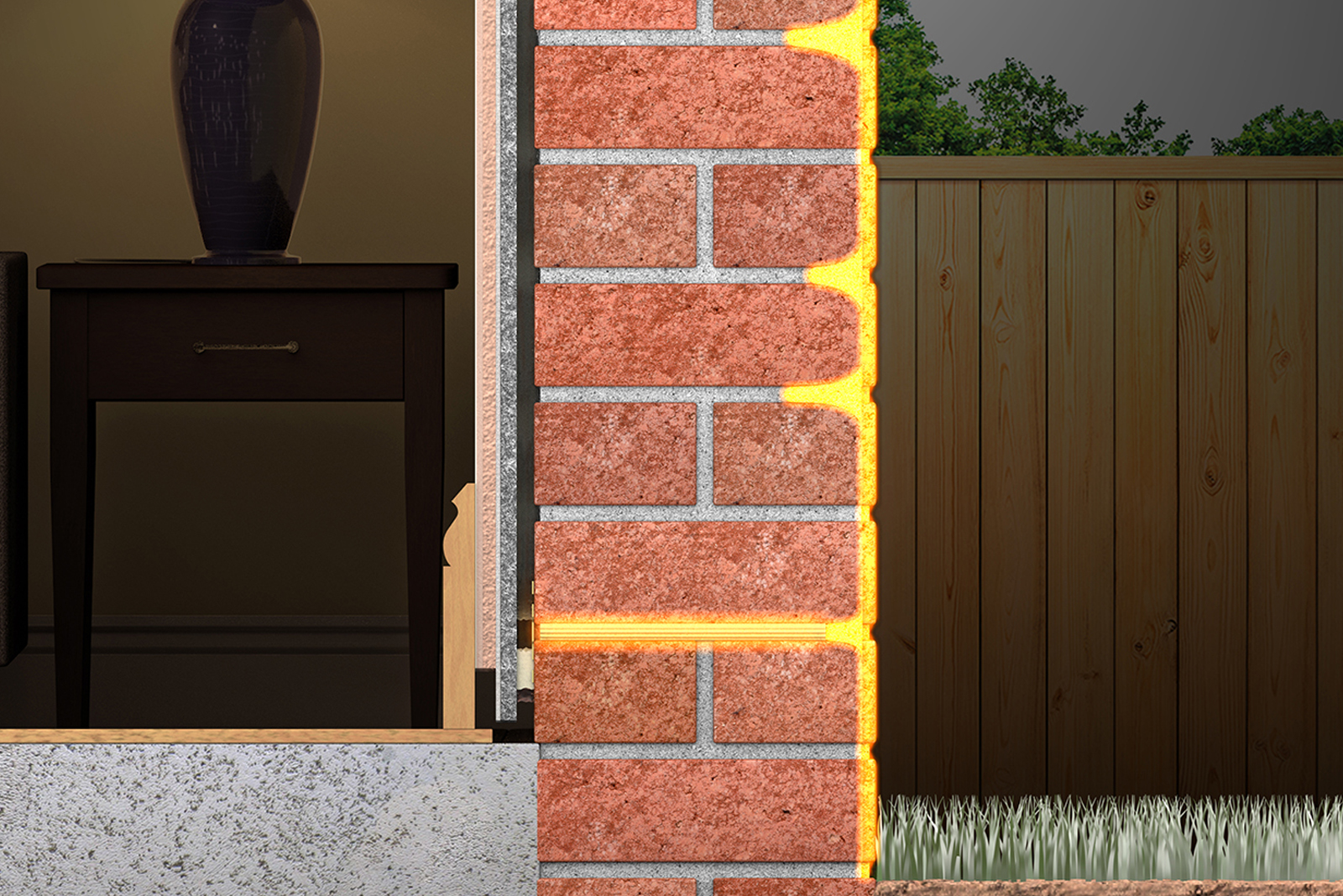
In the latest of its building defects series, Safeguard Europe looks at cracking in masonry walls, and how it can be remedied.
There is a wide range of reasons for cracks to appear in masonry walls. They can start to form because of normal building movement or because of larger structural issues. Depending on the cause, the cost of repairing the source of cracks can vary significantly, so it is very important that any masonry cracks are surveyed properly.
Usually, small hairline cracks in walls and ceilings are just a symptom of regular expansion and contraction movement as a result of fluctuations in humidity and temperature. Also, if the property was only recently built, cracks may appear during the period of ‘settlement’, where the constituent parts of a structure bed-in and settle. Expansion and settlement cracks are usually anything less than 0.6 mm in width.
Whilst these small hairline cracks are fairly minor and often just an aesthetic issue, it is important to keep an eye on them over time because continued changes may be a sign of a larger structural problem. If these cracks are contributing to rain penetration on weather-facing masonry walls, a coat of Stormdry Masonry Protection Cream on walls with cracks up to 0.3 mm width and an additional coat of Stormdry CB Crack-Bridging Waterproofer on walls with cracks of up to 0.6 mm width will alleviate the issue.
Serious problems
Larger cracks are most often a sign of more serious underlying problems with the building. These problems can include; subsidence, drainage problems, wall tie failure or pressure from earth retaining walls. With any cracks, it is important that the services of a qualified surveyor are employed to find out the root cause.
Once the source of the cracks has been identified and any relevant structural works carried out, aesthetic repairs can then be carried out to restore the look of the building.
To help stabilise and support walls around cracks, it is best to use a helical bar crack-stitching method, such as the Brickfix Crack-Stitching Kit. This method involves raking out horizontal sections of mortar across the cracked area and inserting a steel helical bars to connect the two sides of the crack. The bars are fixed in place using a thixotropic cementitious grout.
To finish the visual reparation, the crack can be filled out with a suitable repair mortar. For ease of use, it is best to use a ready-mixed and easy application repair mortar such as Stormdry XR Express Repair Mortar. This kind of quick-drying mortar comes ready-mixed in a standard mastic cartridge and can be injected directly into the cracked area without having to source constituent mixing ingredients.







